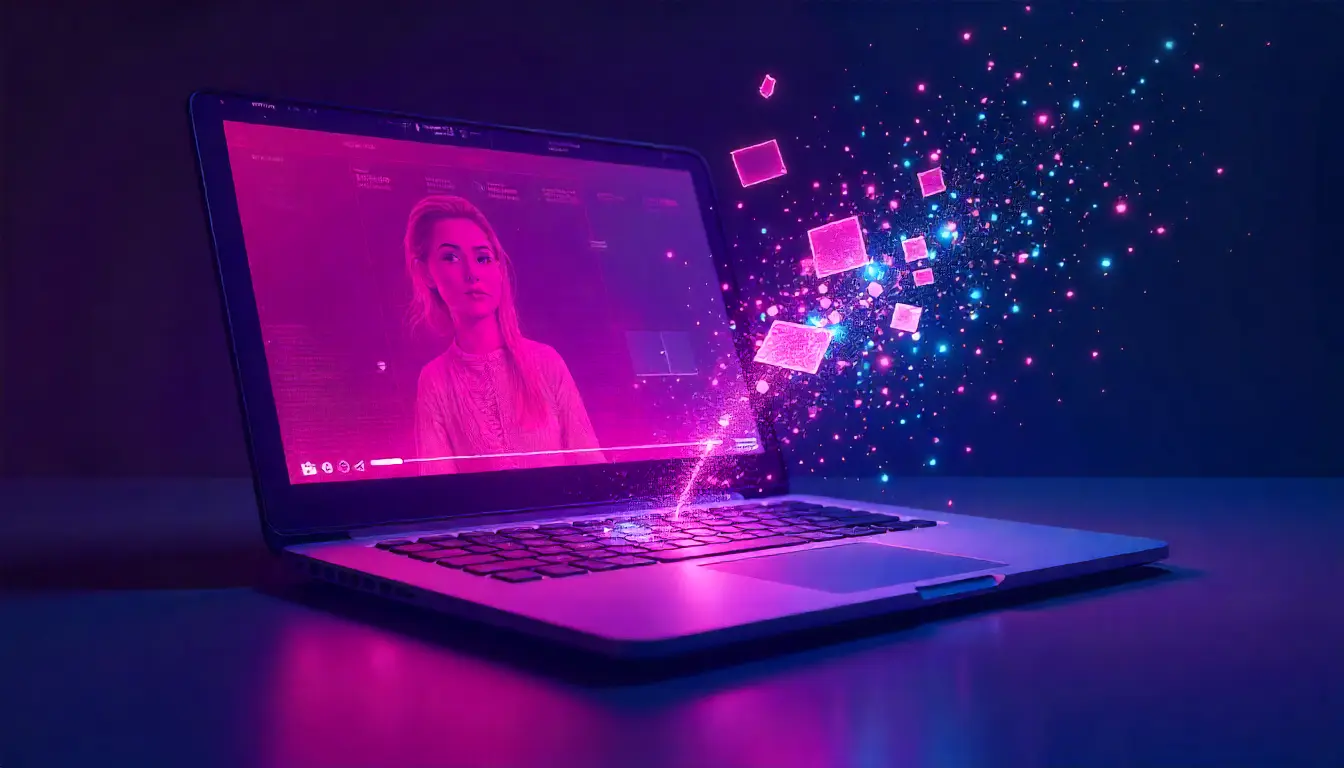Share
Table of contents:

Image inpainting is a process in computer vision and image processing that focuses on reconstructing or restoring missing or corrupted parts of an image. This technique is widely used to fill in gaps in images caused by various factors, including occlusions, damage, or the need to remove unwanted elements. The goal of inpainting is to produce visually plausible content that maintains the overall context and aesthetics of the original image.
Core Characteristics
- Types of Inpainting:
Image inpainting can be categorized into two primary types: global inpainting and local inpainting.
- Global Inpainting: This approach aims to reconstruct larger areas of an image by considering the overall structure and context of the image. It uses information from all available pixels and can involve more complex algorithms, such as those based on deep learning techniques, to infer what the missing or corrupted regions should contain.
- Local Inpainting: In contrast, local inpainting focuses on smaller, localized areas. It often uses pixel-based techniques that rely on the surrounding pixel values to fill in the missing regions. Local methods may include diffusion-based techniques, texture synthesis, or simple interpolation.
- Algorithms and Techniques:
Various algorithms have been developed for image inpainting, each with different strengths and applicability based on the context. Some of the notable methods include:
- Diffusion-Based Inpainting: This method uses the principle of heat diffusion to propagate pixel values from the surrounding areas into the missing regions. The Laplacian operator is often utilized to achieve a smooth transition of pixel values, helping to maintain the natural appearance of the image.
- Patch-Based Inpainting: In this technique, small patches of pixels from the surrounding areas are copied and pasted into the missing region. The algorithm selects patches that best match the surrounding area to ensure a seamless integration. Methods such as Non-Local Means (NLM) and PatchMatch are examples of this approach.
- Texture Synthesis: Texture synthesis techniques generate new pixel values based on the statistical properties of the existing texture in the image. These methods can effectively fill in areas where patterns or textures are evident, producing visually coherent results.
- Deep Learning Approaches: Recent advancements have introduced deep learning-based methods for image inpainting. Convolutional Neural Networks (CNNs) and Generative Adversarial Networks (GANs) have been utilized to learn the complex patterns and features from large datasets. These models can generate realistic content that aligns closely with the surrounding pixels, often outperforming traditional methods in terms of visual quality.
- Evaluation Metrics:
The effectiveness of image inpainting algorithms is assessed through various metrics that evaluate the visual fidelity and accuracy of the reconstructed regions. Common metrics include:
- Peak Signal-to-Noise Ratio (PSNR): This metric measures the ratio between the maximum possible power of a signal and the power of corrupting noise. Higher PSNR values indicate better quality in the reconstructed images.
- Structural Similarity Index (SSIM): SSIM evaluates the similarity between two images by considering luminance, contrast, and structure. It provides a more perceptually relevant measure of image quality compared to PSNR.
- Visual Turing Test: This qualitative assessment involves human evaluators who compare the inpainted images to the original and determine whether they can identify the reconstructed areas. This test is essential for gauging the perceptual quality of the inpainting results.
- Applications:
Image inpainting has a wide range of applications across various domains. In the field of digital photography and image editing, inpainting is used to remove unwanted objects, repair old photographs, and enhance images by filling in gaps. In the film and entertainment industry, it assists in visual effects and post-production work by seamlessly integrating digital content into live-action footage. Furthermore, in medical imaging, image inpainting can be employed to reconstruct incomplete images resulting from motion artifacts or other issues.
- Challenges and Limitations:
Despite its capabilities, image inpainting presents several challenges. One significant challenge is the difficulty in reconstructing complex textures and patterns, especially when the missing area is large or contains intricate details. Additionally, ensuring the inpainted regions blend seamlessly with the surrounding areas while maintaining consistency in lighting and perspective can be challenging.
Deep learning-based approaches, while powerful, often require substantial amounts of labeled data for training and can be computationally intensive. Furthermore, they may struggle with generating plausible content in areas where the surrounding context is ambiguous or lacks sufficient detail.
- Future Directions:
Ongoing research in image inpainting is focused on enhancing the quality and efficiency of reconstruction methods. Areas of exploration include developing more robust algorithms that can generalize well across different image types and contexts, as well as improving the interpretability of deep learning models. Additionally, the integration of image inpainting techniques with other computer vision tasks, such as image segmentation and object recognition, may lead to more comprehensive solutions for real-world applications.
In summary, image inpainting is a critical technique in computer vision that enables the restoration of missing or corrupted areas in images. By leveraging a combination of traditional algorithms and modern deep learning methods, it aims to produce visually coherent and contextually appropriate content, finding applications across diverse fields from photography to medical imaging.











